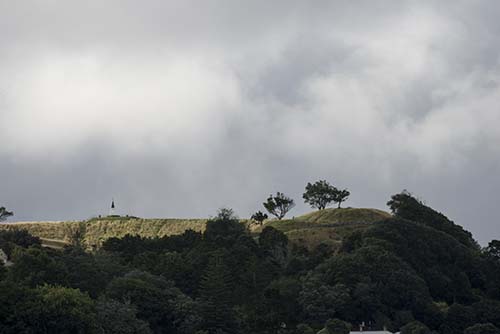There's a lot of compositing software available. Is there any that can remove telephone wires from a still image?
The idea is to shoot still images the same scene from several different vertical positions. That will produce a sequence of images in which the wires are in different places with respect to the scene behind them. Theoretically, there's enough image information there to reconstruct the scene with the wires gone.
Any ideas about how to combine several images this way? Are there any automated tools for this? Are there any good ways to use Photoshop with multiple images, cloning one onto the other?




